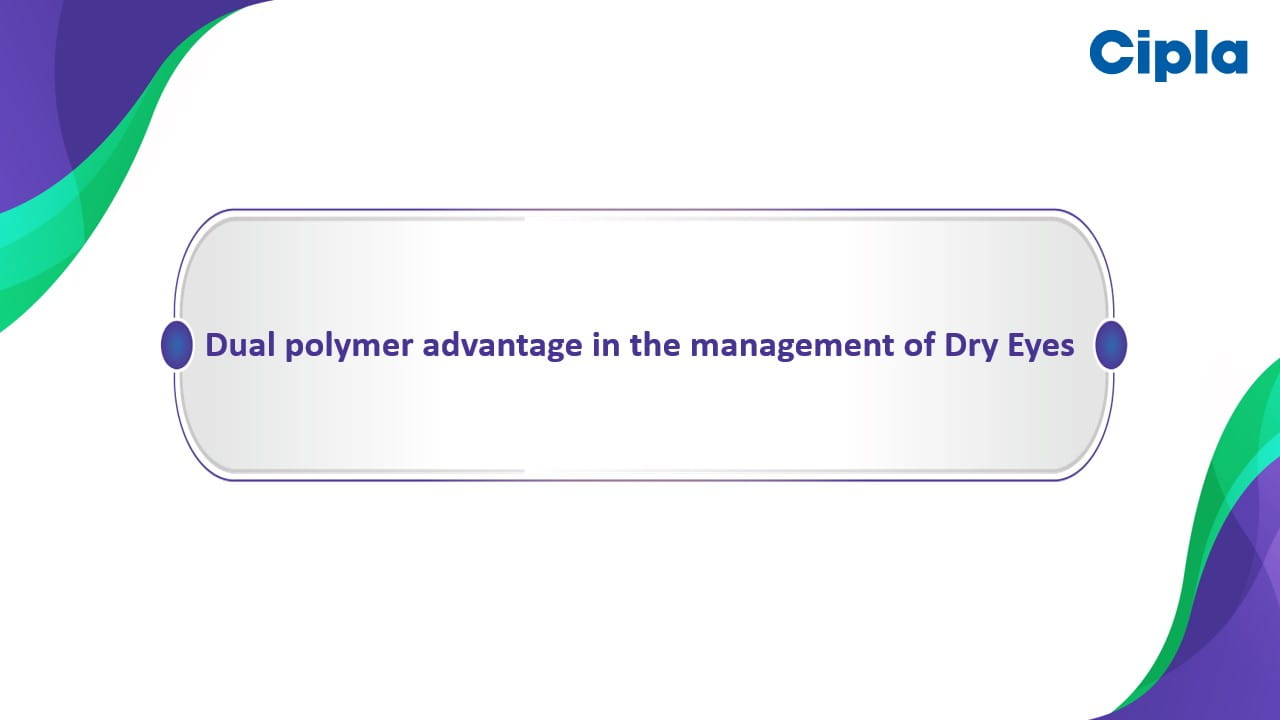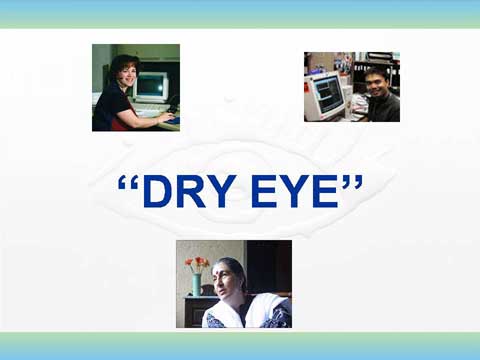ESCRS 2024: The Effect of Diquafosol on Tear Film Inflammatory Markers of Dry Eye Patients: : A Non-comparative, Open-label, Proof-of-concept Study
Speaker - Tanchuling
A non-comparative, open-label proof-of-concept study evaluated the impact of diquafosol on tear film inflammatory markers in patients with dry eye disease. Dry eye disease, characterized by a disruption in tear film homeostasis, often results in heightened ocular surface inflammation. Conventional treatments for dry eye typically include anti-inflammatory agents, which have been explored for their ability to reduce cytokines associated with inflammation in the tear film. Diquafosol, a P2Y2 receptor agonist, is known to stimulate tear fluid and mucus secretion from conjunctival and goblet cells. Despite promising findings in vitro and animal studies, where diquafosol has been observed to inhibit the Nuclear Factor kappa-light-chain-enhancer of activated B cells (NF-kB) signalling pathway, there remains a significant study gap regarding its potential immunomodulatory effects in human subjects with dry eye disease. Further studies are warranted to elucidate these effects and confirm their therapeutic potential.
The study's objective was to analyze the impact of diquafosol sodium on pro-inflammatory cytokine levels in the tear film and to assess its correlation with ocular symptoms and tear film stability in patients with dry eye disease.
The study employed an open-label, non-comparative, single-cohort interventional proof-of-concept design. Diquafosol was administered six times daily for four weeks. Tear film samples were collected using a micropipette from the tear prism at the outer canthus of the eye. Samples were obtained at baseline and one month after treatment and analyzed via flow cytometry. Fluorescence units were measured using GraphPad Prism software. Cytokine levels were quantified in picograms per milliliter (pg/ml), with concentrations below detectable levels reported as zero pg/ml and excluded from the analysis.
The study involved 40 predominantly female patients, with a mean age of 47. At baseline, the mean tear break-up time (TBUT) was 6.7 seconds, and the mean Ocular Surface Disease Index (OSDI) score was 23.7. Cytokine levels were measured from tear samples collected from the right eye, revealing interferon-gamma in 96% of samples and interleukin-6 (IL-6) and tumor necrosis factor-alpha (TNF-alpha) in 100% of samples. Following a one-month treatment with diquafosol, there was an overall 25% decrease in cytokine levels from baseline. Specifically, interferon-gamma, TNF-alpha, IL-6, and interleukin-1 beta (IL-1β) showed a 25% reduction. Statistical analysis using the Wilcoxon signed-rank test indicated significant decreases in IL-6 and TNF-alpha compared to pretreatment levels. The likelihood of a positive response to diquafosol was higher in patients with greater OSDI scores. Cytokine levels were independent of eye laterality, age, and TBUT scores. In contrast, interferon-gamma and TNF-alpha levels remained unaffected by eye laterality, age, sex, TBUT, and OSDI scores after multiple regression analysis.
The study identified IL-6 and TNF-alpha as significant markers for dry eye disease, showing notable changes in response to treatment. The observed reduction in these cytokines is potentially linked to inhibiting NF-kB signalling pathways. The finding is consistent with prior studies, which reported no significant increases in tear fluid levels. Further investigation into these markers and additional inflammatory pathways could enhance understanding their roles in moderate dry eye disease.
In conclusion, topical diquafosol sodium significantly reduced levels of IL-6 and TNF-alpha in the cohort, irrespective of eye laterality, sex, age, or pre-treatment TBUT and OSDI scores. The treatment improved ocular surface parameters, including TBUT and OSDI. A borderline positive association between IL-6 response and higher OSDI levels was observed, while a negative association was found with the male sex. These findings suggest that diquafosol effectively modulates ocular surface inflammation and improves ocular surface health within four weeks of treatment.
42nd Congress of the European Society of Cataract and Refractive Surgeons, 6 – 10 September 2024, Fira de Barcelona, Spain.




